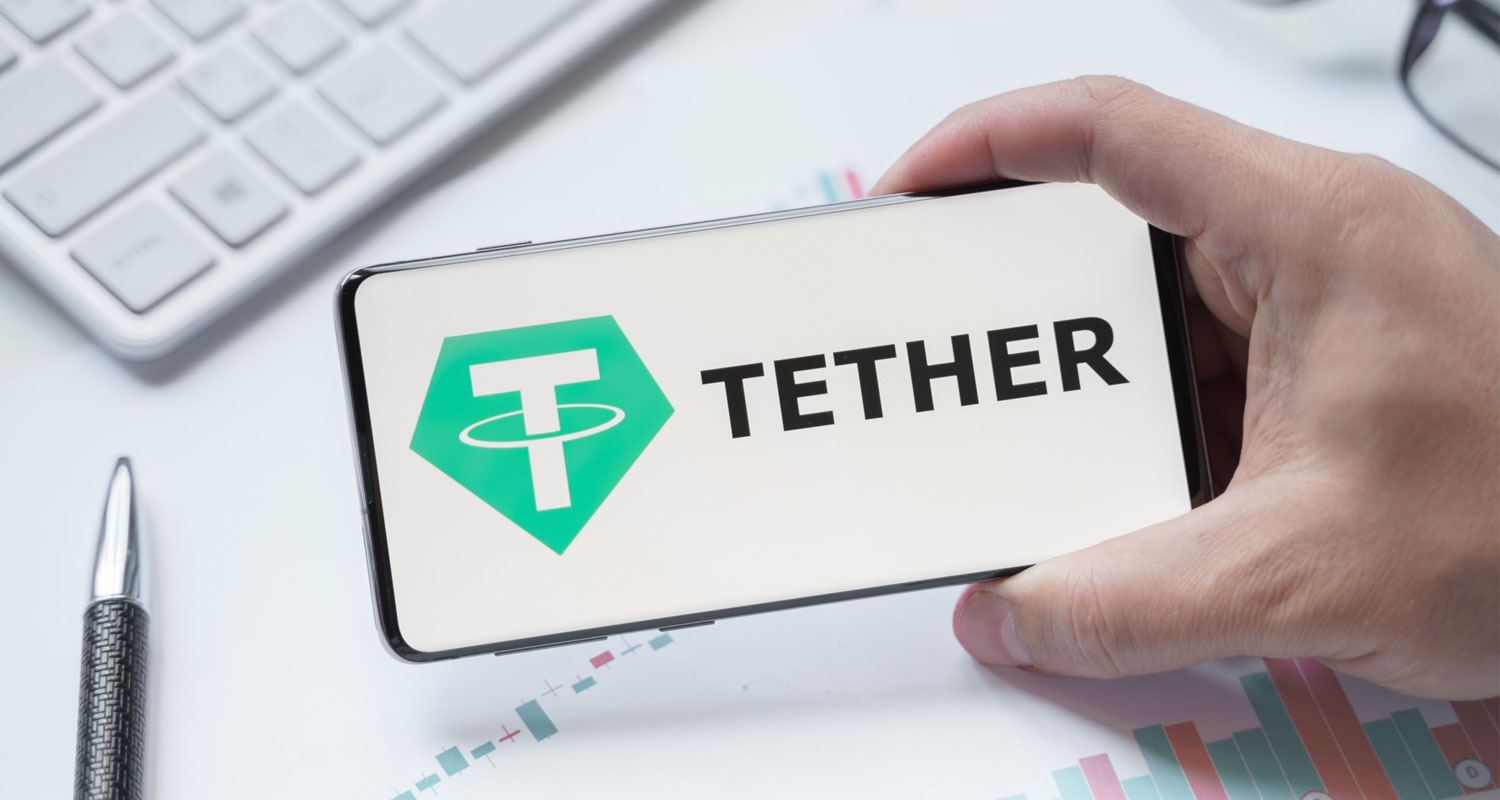 Tether, the issuer of the world’s most used stablecoin, has teamed up with TON Foundation to allow customers to send crypto payments using the popular Telegram encrypted instant messaging service.
Tether, the issuer of the world’s most used stablecoin, has teamed up with TON Foundation to allow customers to send crypto payments using the popular Telegram encrypted instant messaging service.
“We can create the first real power app that can both serve as a communication system, but also as a bank account,” Tether CEO Paolo Ardoino said on Friday during an interview at the Token2049 crypto conference in Dubai.
The Open Network, or TON, was originally started internally within Telegram, but the company parted ways with the project after the US Securities and Exchange Commission claimed that Telegram’s sale of tokens called “Grams” violated federal securities laws. Telegram and TON agreed to return more than US$1.2-billion to investors and pay an $18.5-million civil penalty.
But the two are still closely aligned, with Telegram founder Pavel Durov announcing in February that the company planned to share ad revenue with customers using the TON blockchain. Steve Yun, president of the TON Foundation, said in an interview at the conference that he wants to bring more of Telegram’s 900 million users over to the TON blockchain and crypto wallet, since many users are looking for easy and efficient ways to send money.
“In the emerging markets, there’s a huge demand to store their wealth in USD,” he said. Tether’s cryptocurrency is called USDT and backed one-to-one by reserves invested mostly in dollar-denominated assets.
But going deeper into crypto could pose challenges for Telegram, which is considering going public as it works towards becoming profitable. Tether, which is the most used stablecoin for illicit activity, has drawn scrutiny over its potential use in sanctions evasion. The US and UK are currently reviewing more than $20-billion of cryptocurrency transactions that passed through a Russia-based virtual exchange and involved Tether.
Reserves
Tether works closely with 124 law enforcement agencies in 40 different countries and follows sanctions rules from the Office of Foreign Assets Control, Ardoino said.
“We have the ability to freeze assets when needed, when a law enforcement agency asks us to do so,” he said, adding that Tether has worked with law enforcement and frozen $1.1-billion in funds since its inception in 2014.
Critics of Tether have also raised questions in about the reserves backing USDT, which currently has a market value of more than $109-billion. In 2021, Tether paid a $41-million fine to the US Commodities Futures Trading Commission and was banned from New York after settling allegations of hiding losses and lying about its reserves.
Read: Telegram to hit a billion users within a year, founder says
The company, which now issues quarterly attestations about the assets backing its reserves, has more than $90-billion in US treasuries backing USDT, with the stablecoin’s circulating supply covered 106%, according to Ardoino.
 The British Virgin Islands-based firm made $6-billion in profit last year, with $5-billion of that amount going to its reserves as it prioritises redeemability, he said. “We work with Cantor Fitzgerald to have access to tens of billions of overnight reverse repos,” he added.
The British Virgin Islands-based firm made $6-billion in profit last year, with $5-billion of that amount going to its reserves as it prioritises redeemability, he said. “We work with Cantor Fitzgerald to have access to tens of billions of overnight reverse repos,” he added.
Tether has invested $1.3-billion of its profits in other initiatives, including in crypto mining efforts, research and artificial intelligence. Tether announced on Thursday that it had undergone restructuring to create four divisions called Data, Finance and Power and Edu(cation).
Ardoino noted that Tether is frugal even with the earnings windfall. “We don’t need to buy super nice things for us,” he said. “We’re not the type of people going after yachts.” — Hannah Miller, (c) 2024 Bloomberg LP




